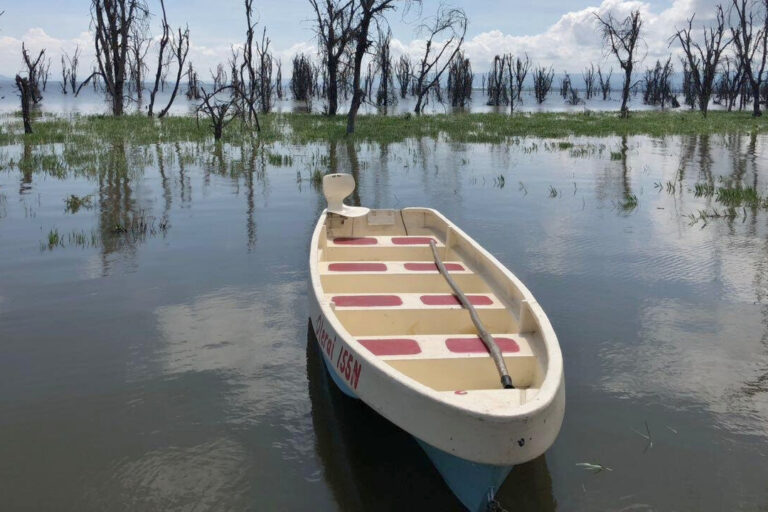Erosion caused by hurricanes and large-scale deforestation may have contributed to last year’s devastating earthquake that killed more than 200,000 people in Haiti, according to a geologist at the University of Miami.
Analyzing stresses in Earth’s crust in the fault zone of last year’s January 12 quake, Shimon Wdowinski and colleagues suggest that redistribution of sediment from mountaintops to the lowland Leogane River Delta in the aftermath of four major tropical storms — including two hurricanes — in 2008 could have been enough to trigger the catastrophic shock. Near-complete deforestation of hillsides worsened erosion from the storms.
Jeff Masters of Weather Underground’s WunderBlog summarizes the research, which was presented in December at the American Geophysical Union (AGU) meeting in San Francisco:
Wdowinsky computed that the amount of mass eroded away from the mountains over the epicenter of the 2010 earthquake was sufficient to cause crustal strains capable of causing a vertically-oriented slippage along a previously unknown fault. This type of motion is quite unusual in this region, as most quakes in Haiti tend to be of the strike-slip variety, where the tectonic plates slide horizontally past each other. The fact that the 2010 Haiti quake occurred along a vertically moving fault lends support to the idea that the slippage was triggered due to mass stripped off the mountains by erosion over the epicenter, combined with the extra weight of the extra sediment deposited in the Leogane Delta clamping down on the northern portion of the fault.
Wdowinski cited two examples from Taiwan where earthquakes have followed strong storms that have dumped large amounts of rain in mountainous areas. He also noted undersea earthquakes linked to El Niño events.
For more, check out Was the 2010 Haiti Earthquake triggered by deforestation and the 2008 hurricanes? and Can Hurricanes Trigger Earthquakes? (Wired).
Related articles














